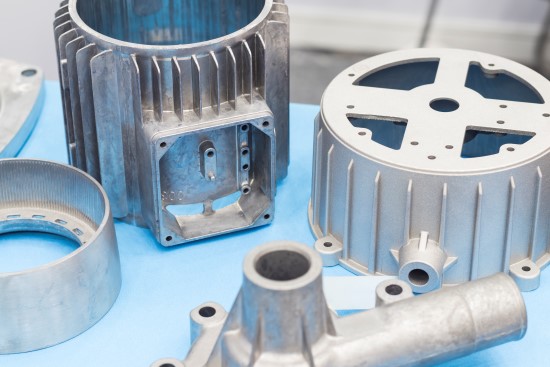Email Marketing Optimization: Boosting Open and Click-Through Rates
Email marketing remains one of the most effective ways for small businesses to connect with their audience, nurture leads, and drive sales. However, in a crowded inbox, standing out and capturing attention can be challenging. Optimizing email marketing with the help of artificial intelligence (AI) can significantly enhance the effectiveness of your campaigns, leading to higher open and click-through rates and ultimately more successful marketing efforts.
The Challenge of Email Marketing
Email marketing involves more than just sending out messages to a list of contacts. It requires strategic planning, personalized content, and timely delivery to ensure that your emails are opened and acted upon. Traditional email marketing methods often rely on manual processes and generic content, which can result in low engagement rates. AI-powered email marketing optimization offers a more sophisticated approach, leveraging data and machine learning to create highly personalized and effective campaigns.
Benefits of AI-Powered Email Marketing Optimization
Higher Open Rates
The first step in a successful email marketing campaign is getting your emails opened. AI can analyze data from past campaigns to determine the best times to send emails, the most effective subject lines, and the optimal frequency for your audience. By leveraging these insights, businesses can increase the likelihood that their emails will be noticed and opened by recipients.
For example, AI can identify patterns in customer behavior, such as when they are most likely to check their emails, and schedule messages to be delivered at those times. Additionally, AI can generate subject lines that are tailored to individual recipients, making the emails more relevant and enticing. This personalized approach can lead to higher open rates and greater initial engagement.
Improved Click-Through Rates
Once an email is opened, the next goal is to encourage recipients to click through to your website, landing page, or offer. AI can help improve click-through rates by analyzing what type of content resonates most with your audience. This includes understanding which call-to-action (CTA) phrases, images, and offers are most effective.
By using AI to segment your audience based on their behavior, preferences, and past interactions, you can deliver highly targeted content that is more likely to drive action. For instance, AI can recommend products based on a recipient’s previous purchases or browsing history, making the email content more relevant and appealing. This level of personalization can significantly increase click-through rates and drive more traffic to your site.
More Effective Campaigns
AI-powered email marketing optimization not only enhances individual campaigns but also improves the overall effectiveness of your email marketing strategy. By continuously learning from data, AI can provide insights that help you refine your approach and achieve better results over time.
For example, AI can track and analyze metrics such as open rates, click-through rates, conversion rates, and unsubscribe rates. These insights can inform future campaigns, helping you understand what works and what doesn’t. With AI, you can test different elements of your emails, such as subject lines, content, and CTAs, to determine the best combinations for your audience. This iterative process leads to more effective campaigns and a higher return on investment (ROI) for your email marketing efforts.
Real-World Example: A Success Story
Consider the case of a small online retailer that implemented AI-powered email marketing optimization to boost engagement and sales. Before using AI, the retailer struggled with low open and click-through rates, despite having a large email list. After integrating AI, the retailer was able to analyze customer data and personalize their email content.
As a result, the retailer saw a 35% increase in open rates and a 25% increase in click-through rates. The personalized recommendations and targeted offers resonated with customers, leading to higher engagement and more conversions. This success story highlights the transformative impact of AI on email marketing effectiveness.
How AlgoShift Can Help
At AlgoShift, we specialize in helping small businesses leverage AI to optimize their email marketing campaigns. Our approach includes:
- Data Analysis and Segmentation: We analyze your customer data to identify key segments and understand their preferences and behaviors.
- Personalized Content Generation: We use AI to create personalized email content, including subject lines, images, and CTAs, tailored to each recipient.
- Optimal Timing and Frequency: Our AI-powered tools determine the best times and frequencies to send emails for maximum impact.
- Performance Tracking and Optimization: We continuously monitor the performance of your campaigns and provide insights for ongoing improvement.
By partnering with AlgoShift, you can achieve higher open and click-through rates, more effective campaigns, and a greater ROI for your email marketing efforts. Contact us today to learn more about how we can help your business thrive in the digital age.
